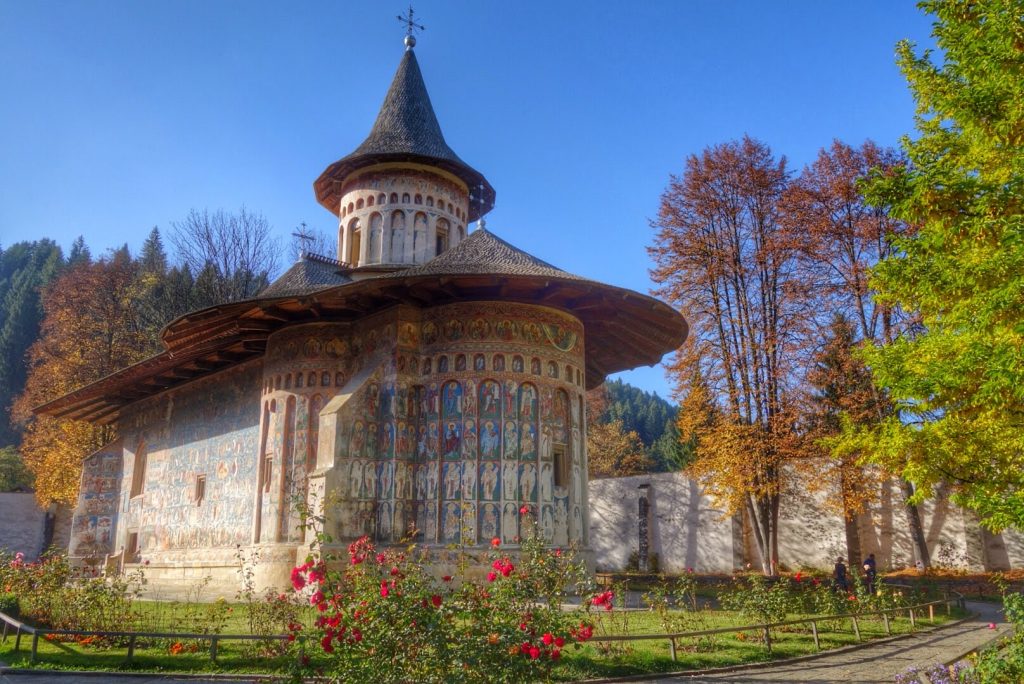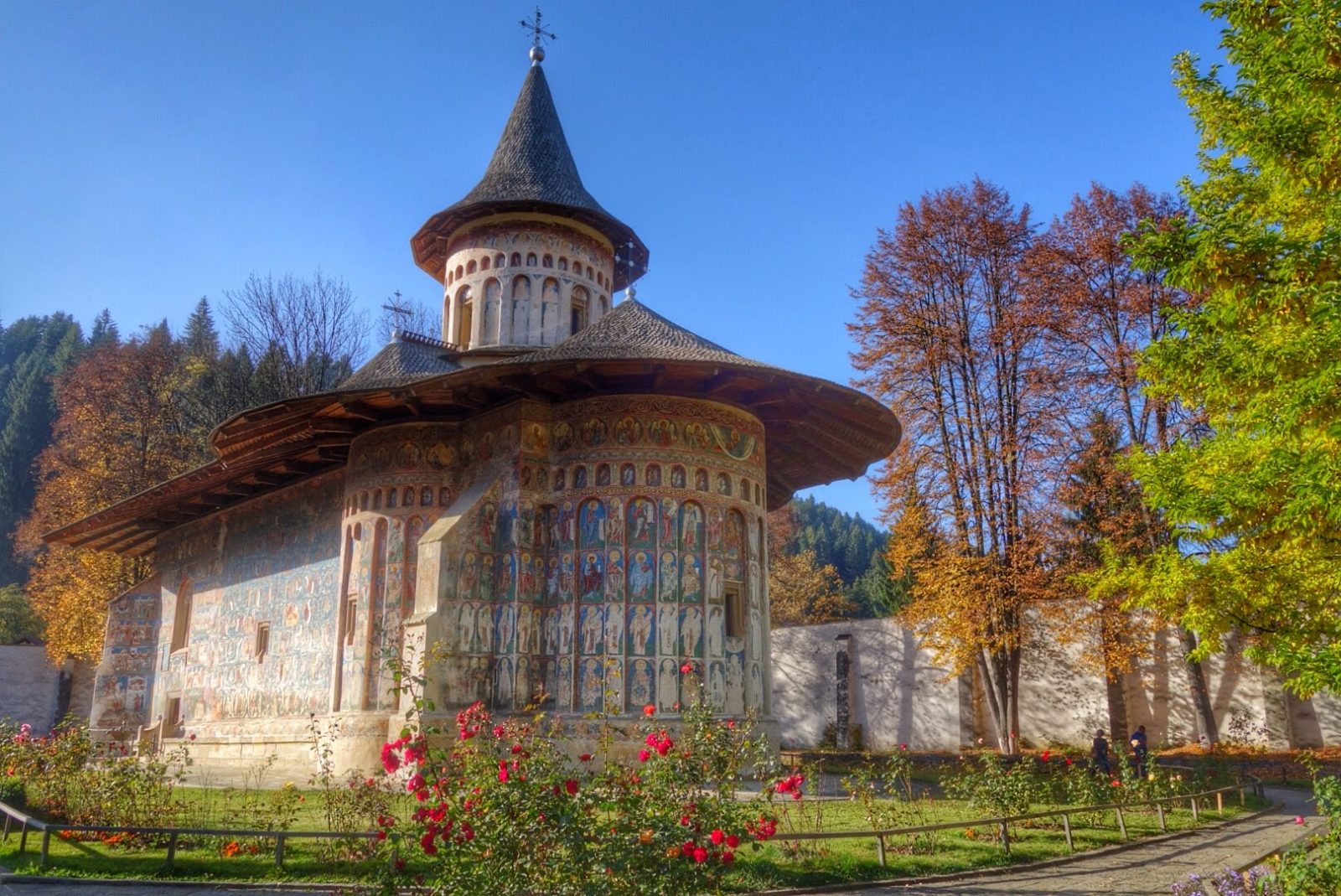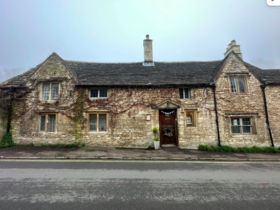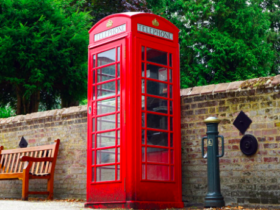The Voronet Monastery is known far and wide as the Sistine Chapel of the East, thanks to the magnificent frescoes adorning its west wall. The frescoes boast of an intense blue shade called Voronet Blue in Romania, a color gathered from lapis lazuli which is added to lexicon of art together with other colors like Veronese Green and Titian Red, all of which are unique.
Based on Ion Neculce’s Romanian chronicle, it was recorded that the Voronet Monastery was founded in 1488 by Stephen the Great as a fulfillment to his pledge to Daniil, a hermit who urged the ruling Moldavian prince to chase away the Turks from the lands of Wallachia. After successfully winning the battle against the Turks, Stephen then decided to erect Voronet in a span of 3 months and 21 days right on the spot of Daniil’s small wooden hermitage.

It continued to be a working monastery until the start of the Habsburg rule in year 1785 and only resumed being a religious retreat after communism’s decline in 1991. To this day, the Voronet Monastery serves as a nun monastery which has been consecrated to St. George, and lies a stone’s throw away from Guru Humorului town. Under Mother Superior Irina Pantescu’s abbacy, the new community strives to have a harmonious combination of religious life of worship and prayer with foam work and housekeeping, running the painting workshop and offering guided tours for the monastery’s visitors.
Without a doubt, the Voronet Monastery is the most accomplished sample of the artistic achievement of Moldavia in painting and architecture. The monastery was constructed after the victory from the Turks when Stephen centralized the state, providing a new impetus to its culture and economy. The monastery’s outside and inside paintings was made between 1534 and 1535 during the rule of Prince Petru Rare. Grigore Rosca added a porch to the monastery in year 1547. The paintings on the monastery walls have a distinctive chromatic harmony, a special manner of nerve, clarity, and composition. They’re imbued with the warmth and softness of Moldavian spirit in which their colors were drawn from the nature abounding in green and blue.
Voronet Monastery also has a trefoil form proper to medieval Moldavian architectural style, which is Byzantine. Voronet is impressive by its size. The porch’s doors have a Renaissance framing wherein the stone carvings of broken arches at the windows and doors belong to the Gothic style. The exterior buttresses show a Gothic and Roman architectural influence in the strengthening of the constructions and affiliation to the western styles of art.
Every Romanian considers this monastery as a place of reference for the country’s culture. It is the place where religious and historic works were issued. Upon the death of SWDaniil the Hermit was Voronet’s first Abbot and been canonized as a Saint and celebrated by Orthodox Church on December 18. His tomb is found in the narthex and watched over by burning flames.
If you want to know more about Voronet Monastery, consider a travel in Romania.
























